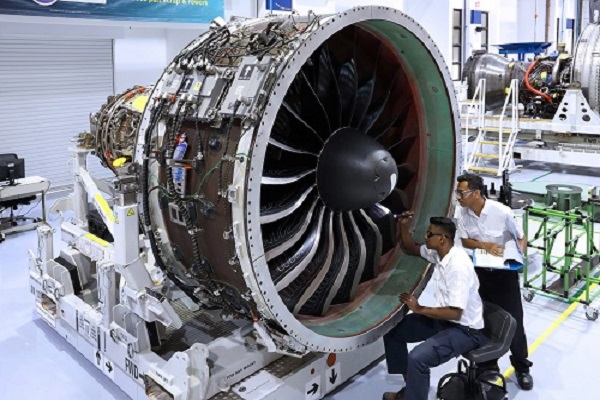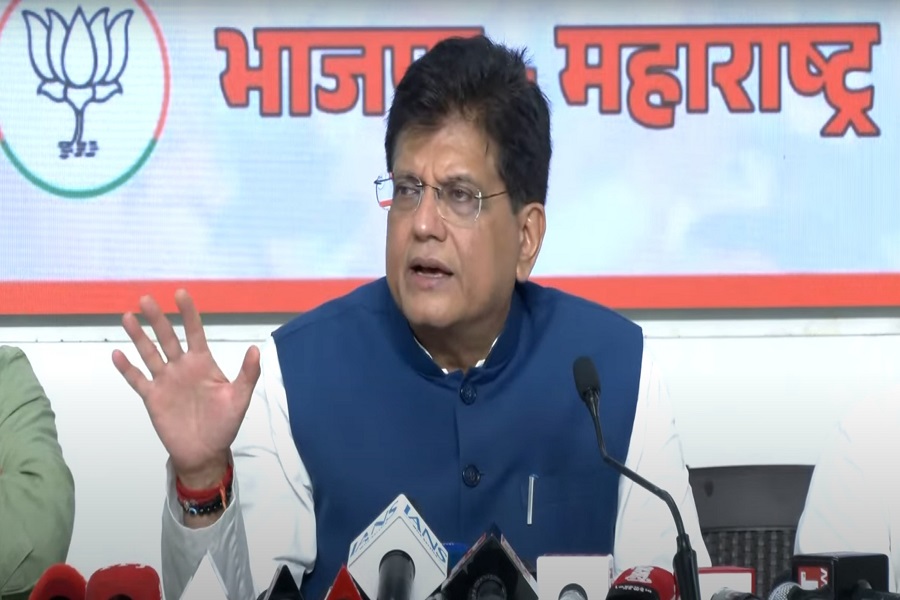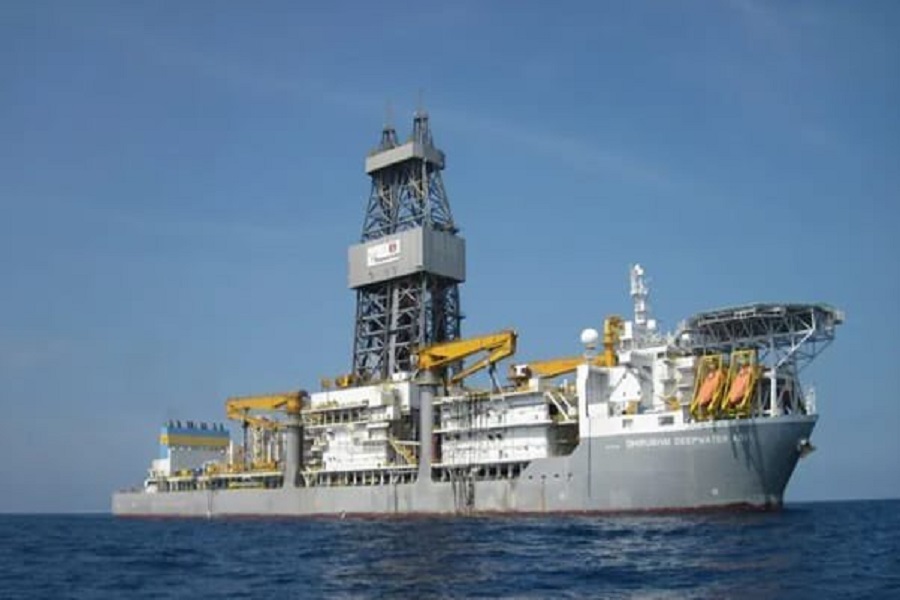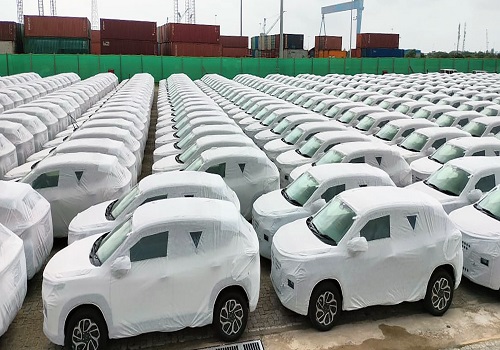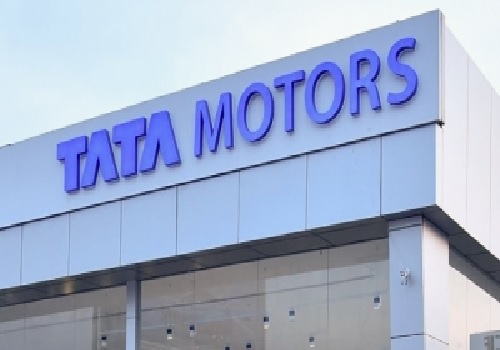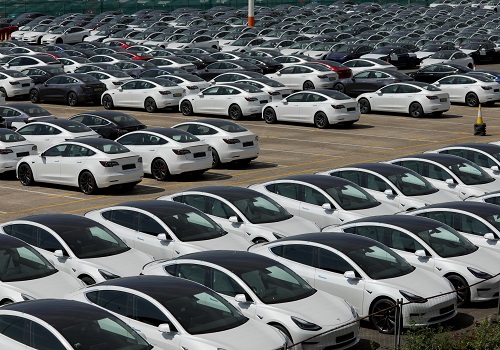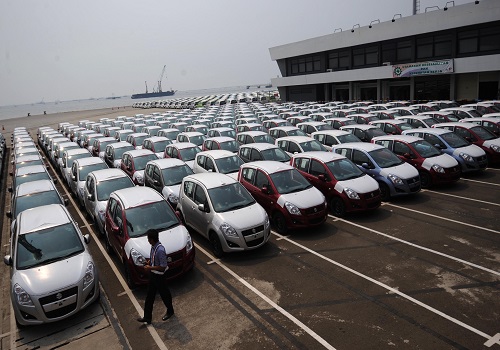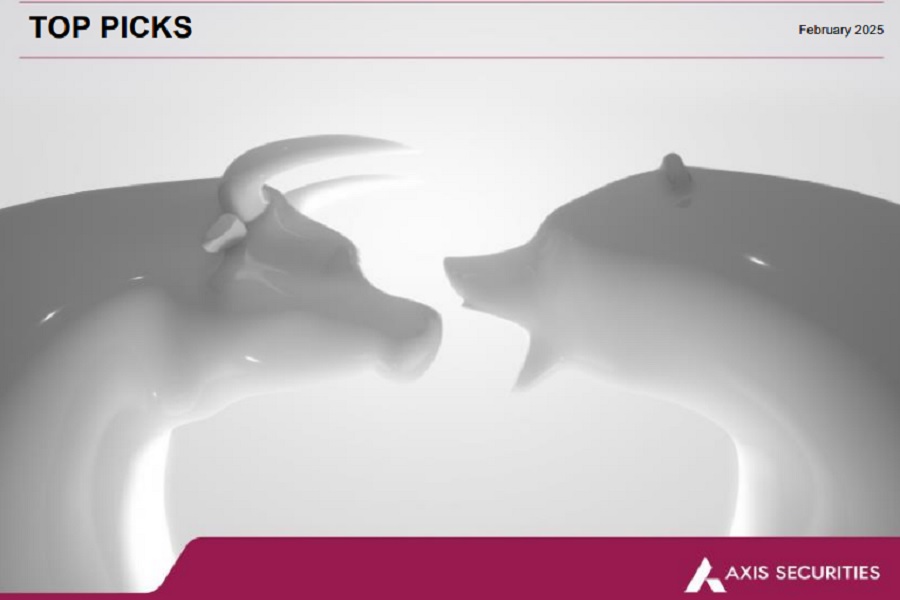Auto Sector: US-EU auto proposal puts focus on manufacturing footprint by Kotak Institutional Equities
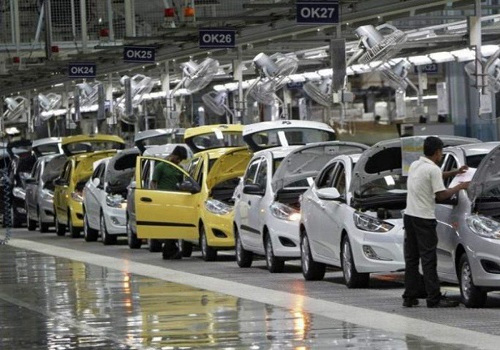
In order to offset the impact of 25% auto tariffs by the US on imported cars, the EU has proposed an export-credit mechanism, which will allow automakers with US manufacturing to offset tariffs on EU-made imports. This will create a divide, where BMW and Mercedes will benefit with strong US exports, while VW, Volvo and JLR will continue to face relatively higher duties. JLR has factored in some tariff relief from its EU plant exports in its FY2026E guidance, which may see a downside risk if the current proposal is accepted.
US auto tariffs: EU seeks relief through export-credit mechanism
In early 2025, the US had raised import tariffs on light passenger vehicles (including the EU) by 25%, citing national security and reshoring goals. According to ACEA, ~758k cars (EUR38.9 bn) were exported from the EU to the US in CY2024, which is 4X the cars exported from the US to the EU. In order to resolve this, the export-credit mechanism has been proposed by the EU that would allow European automakers that produce and export from the US to offset an equivalent number of European imports at reduced or zero tariffs. This rewards localization, aligns with the Make in America policy and offers the EU a path to maintain trade flows without caving fully on tariffs.
Origin defines advantage; OEMs exporting from US enjoy reduced tariff rates
The new tariff deal (if accepted) draws a sharp line between automakers with deep US roots and those reliant on European exports. BMW leads with its Spartanburg, South Carolina plant, from which it exported 225k vehicles versus imports of 175k vehicles in CY2024, making them the net exporter from the US. Mercedes-Benz operates in Tuscaloosa, Alabama, with a 260k annual capacity, exporting nearly 170k vehicles as against imports of 235k vehicles in CY2024. In contrast, Volkswagen’s Chattanooga plant (capacity ~150k units) mainly serves US demand with minimal exports, disqualifying it from offset credits. Volvo’s Ridgeville, South Carolina facility, with 150k units of annual capacity, has only begun producing small volumes currently. Jaguar Land Rover does not have any plants in the US, relying entirely on imports (from Slovakia, leaving its US sales fully exposed to the 25% tariff). For JLR, exports from the UK plant are being levied a tariff of 10% currently.
Tariff math—BMW and Mercedes gains, no benefit for JLR
If this deal happens among European OEMs, major winners include BMW and Mercedes, all of whom gain from tariff shelters. However, VW Group, VW and JLR (Slovakia exposure) will face relatively higher tariffs, placing them at a disadvantage. Talking about JLR, the company in its annual guidance of 5-7% of EBIT margin had baked in lower tariffs on its exports from Slovakia to the US after the EU-US trade deal. However, if the current proposed deal passes through, the company may face 25% tariffs on its exports from the EU plant (1/3rd of US volumes are from the Slovakia plant) for a longer period of time, which puts a downward risk to the company’s FY2026E guidance.
Above views are of the author and not of the website kindly read disclaimer







